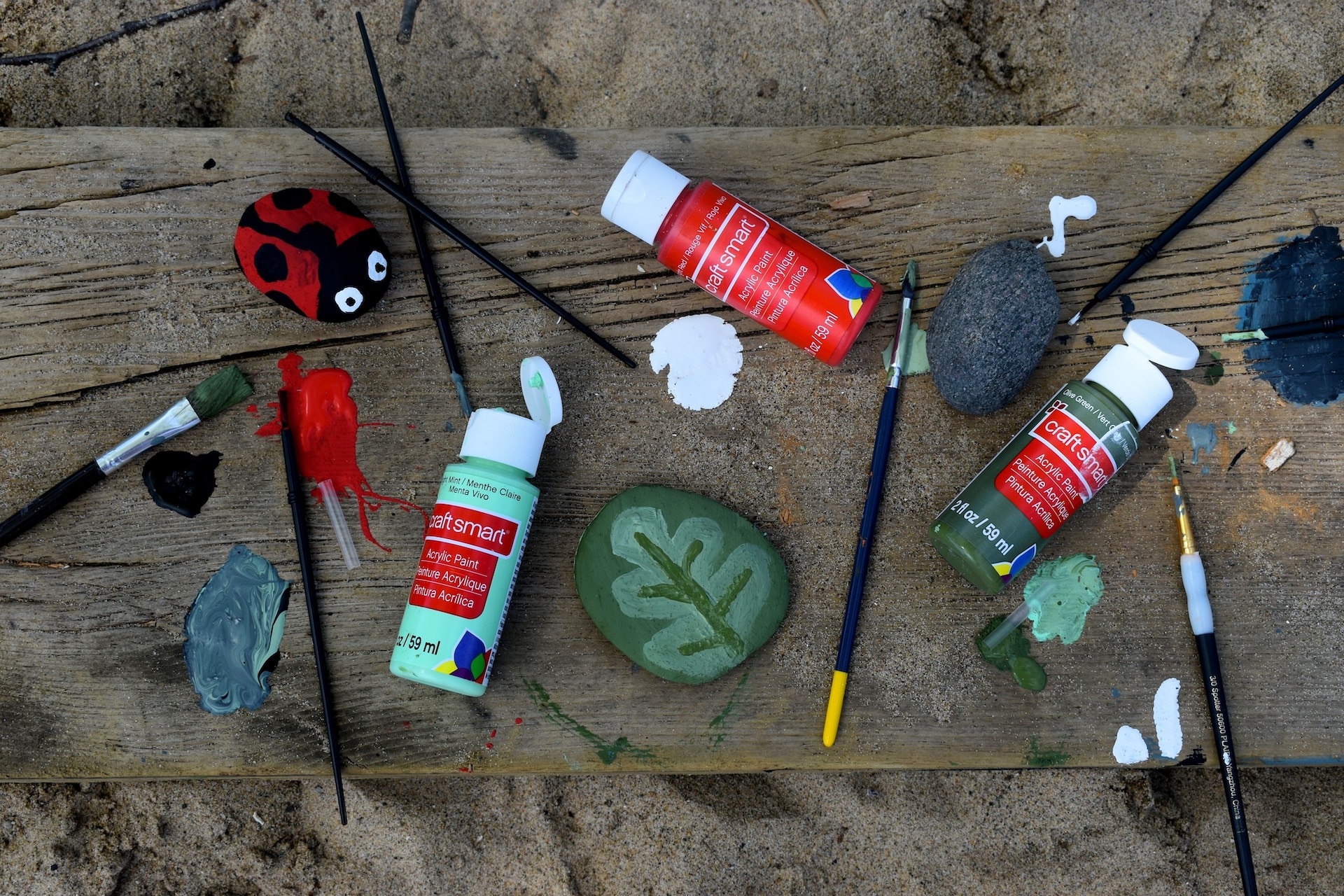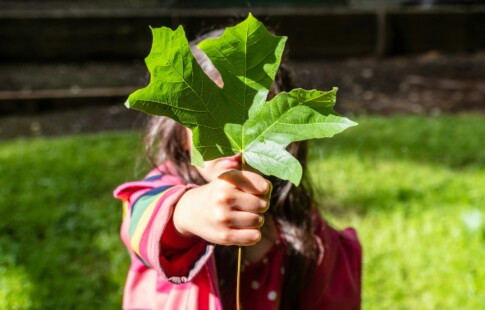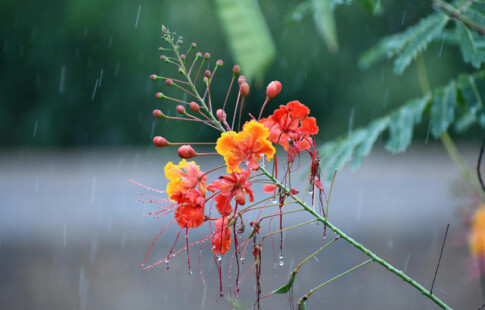
From Seed to Steward: Teaching Sustainability for a Greener Tomorrow
We are reader-supported. When you buy through links on our site, we may earn affiliate commission.
Teaching sustainability can be a learning curve for many educators, especially in a classroom of elementary school students. How do you break down environmental topics and spark discussion with younger children in ways they understand?
Let’s explore the importance of teaching sustainability to children, barriers to environmental education, and ways to integrate environmental learning in the classroom.
Why Is Teaching Sustainability to Children Important?
A healthy planet depends on stewardship for generations to come. Therefore, teaching sustainability in school must be a priority.
Often, environmental education is geared toward older kids and teenagers. However, reaching young children regarding conservation and environmental issues is the surest way to develop green attitudes and behaviors.
Studies show children who interact positively with nature from birth to eight years old grow up with more outstanding care and concern for the planet. For instance, a nature deficit is defined as a lack of natural experiences — meaning children are deprived of outdoor activity. The less time spent among wildlife, plants, and other green environments, the less empathy they feel toward the natural world.
Teaching sustainability to elementary school students could also have positive mental health outcomes and support academic achievement. People living in “green” communities have a 33% and 27% lower risk of anxiety and depression than those who do not.
Barriers to Developing a Green Curriculum
Teachers must deliver environmental education to young children differently than older students. Classroom activities and curriculums should empower and inspire elementary-grade students to take responsibility for the living world — not scare them.
A study on young people ages 16–25 showed 59% were highly or extremely concerned about climate change. Almost half expressed negative daily functioning due to guilt, hopelessness, sadness and helplessness. If climate anxiety affects older kids so powerfully, imagine how impressionable young children are.
Parents and American culture overall also present challenges for teaching sustainability to young people. Most children spend their free time in front of TVs and tablet devices, with little interest or stamina for outdoor activities. Worse off, parents argue their kids don’t like the outdoors.
This isn’t surprising, though — over 50% of American adults spend less than five hours outside weekly. Those parents also report their children spending over three hours indoors with technology.
Of course, teachers must overcome a lack of funding, time, and resources when developing environmental education, too. Some educators also have difficulty accessing green spaces for hands-on learning.
8 Ways to Promote Eco-Friendly Learning in the Classroom
Despite the challenges, teachers can still educate their students about sustainability at the elementary level and promote green behaviors within their classrooms. Here are eight eco-friendly activities and strategies for teaching sustainability to future stewards of the planet.
1. Integrate Environmentally-Themed Media
There are numerous environmentally-themed books and films suitable for elementary school students. Fill your classroom library with age-appropriate books that touch on wildlife conservation, recycling and climate change.
Additionally, movies like “Ferngully: The Last Rainforest,” “Happy Feet,” and “Ice Age” are excellent for sparking meaningful and thoughtful conversations regarding human impacts on natural habitats, deforestation, and extinction.
2. Organize a Science Field Trip
If funding is available, you can organize a science field trip for your class alone or with the other classes in your grade level. Nearly 50 million students visit zoos and aquariums each year for educational presentations.
Science museums, nature hikes with a professional naturalist or visiting a local farm could also deliver exciting environmental and sustainability educational opportunities.
3. Invite a Guest Speaker
If you’re unable to garner the funds to take your class on a field trip, you might be able to invite a guest speaker to the school instead. A guest speaker will bring their knowledge, resources, and props to engage students in learning about sustainability.
Park rangers, climate scientists, local weather experts, and wildlife specialists are all possibilities. You might also find a speaker through a local environmental nonprofit.
For instance, a water scientist from your local watershed group might be interested in speaking to students about protecting waterways and conserving water at home.
4. Compost and Start a Garden
Elementary students love hands-on activities, so why not start a compost bin and garden? Have students compost leftover lunches, shredded paper, coffee grounds from the teachers’ lounge, and other natural debris.
They can then use their compost to build and maintain a small garden, rotating seasonal plants throughout the year. This allows teachers to introduce sustainable gardening and organic farming. There might even be a lesson about native plants versus invasive plants.
5. Start a Recycling Program
Does your school have a recycling program? If not, you should start one. Recycling is a simple way to promote green behaviors as students get older.
Make it even more exciting by turning recycling into a competition. For instance, whichever class recycles the most by the pound in a month wins a prize, such as extra recess time, a movie, or an ice cream party.
One of the most significant barriers preventing children from recycling is not knowing what is considered recyclable. Displaying the proper signage depicting recyclable materials can help with this.
6. Conduct a Classroom Energy Audit
Teach students about energy conservation by conducting an energy audit of your classroom. Explain energy vampires and determine areas for improvement. Some ideas include the following:
- Replacing light bulbs with LEDs
- Assigning someone to ensure the lights get turned off when leaving the classroom
- Holding tissue papers up to windows to look for drafts
- Reading the thermostat for the appropriate settings
- Determining whether any furniture blocks the air vents
The country’s 17,450 K-12 school districts spend over $6 billion annually on energy consumption, about 30% of which is in excess.
7. Participate in a Park Clean-up
Create stewards out of your students by organizing a community clean-up at a local park. Students can remove trash and beautify the neighborhood while giving back to the environment.
The event may take place during school hours or over the weekend. If outside school hours, parents can join their children, too.
8. Create a Zero-Waste Classroom Environment
Zero-waste habits are the cornerstone of sustainability. As such, you should look for ways to create a zero-waste classroom. Some ideas include:
- Using scratch paper for classwork, homework and art projects — be sure sensitive and confidential content isn’t on the back
- Bringing unpackaged, natural fruits and vegetables for snacktime
- Encouraging using pencils over markers and crayons
- Bringing reusable utensils and water bottles from home
- Drying hands with cloth rags instead of paper towels — just be sure to have two bins marked for “clean” and “dirty” hand towels
Students will enjoy working collectively to ensure as little waste as possible in their learning environment.
Teaching Sustainability Is Fun at Every Age
You can teach them about sustainability and protecting the environment at every age. But be mindful of age-suitable content and how to make complex environmental topics more straightforward. With your encouragement, your students will grow up to become exemplary stewards of the natural world.
Share on
Like what you read? Join other Environment.co readers!
Get the latest updates on our planet by subscribing to the Environment.co newsletter!
About the author

Jane Marsh
Starting from an early age, Jane Marsh loved all animals and became a budding environmentalist. Now, Jane works as the Editor-in-Chief of Environment.co where she covers topics related to climate policy, renewable energy, the food industry, and more.





